Entering into US session, Dollar trades broadly lower for today, Swiss Franc and Japanese Yen followed. Meanwhile, Canadian, Australian and New Zealand Dollar are broadly higher.
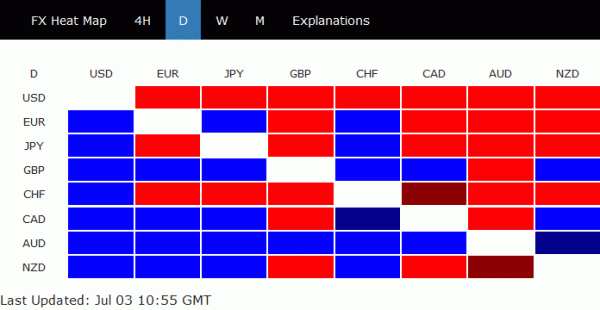
There is notably easing of risk aversion in early European session. One clear development is the strong rebound in German DAX which is trading up 1.3% at the time of writing. DAX is relieved by news that Chancellor Angela Merkel made a last minute deal with the Rebellious Interior Minister Horst Seehofer in immigration. That came after five hours of talks between the leader of Christian Democrats and Christian Social Union. CAC is trading up 0.97% while FTSE is up 0.54%.
Another factor is the reversal in Chinese Stocks. The Shanghai SSE composite dropped to as low as 2722.45 earlier today but closed up 0.41% at 2786.88. The development propelled Australian Dollar back above 0.7328 key cluster support, with 0.74 back in sight.
The decline in SSE was so steep, after clearing 3000 psychological, that it’s now close to an important support zone. That is, 100% projection of 3587.03 to 3062.73 from 3129.73 at 2695.44. It’s also now in proximity to 2638.30 (2016 low). Theoretically, downside momentum should slow on oversold condition and this 2638/95 zone should be defended on first attempt. A break above 2848.37 resistance would indicator short term bottoming.
There is also prospect of more verbal, or even actual intervention by the Chinese government. But even in that case, the medium term outlook remains bearish as trade war with the US is inevitable. It’s just a matter of time when 2638.30 low is taken out firmly.
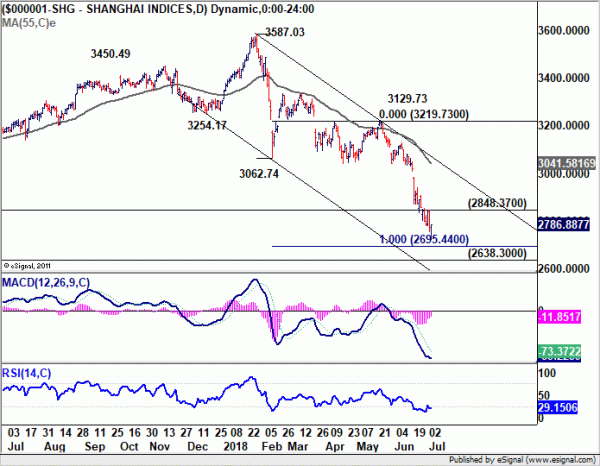
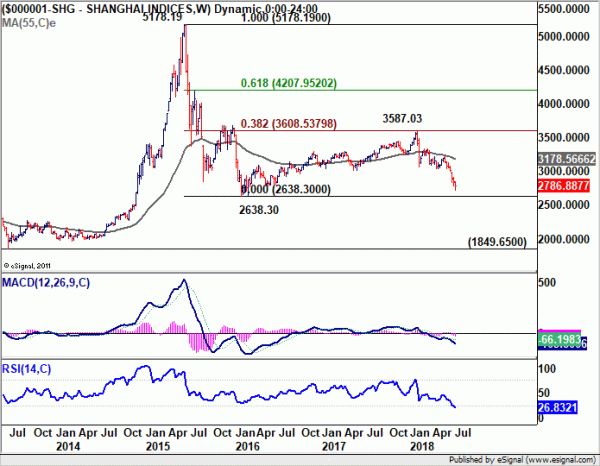




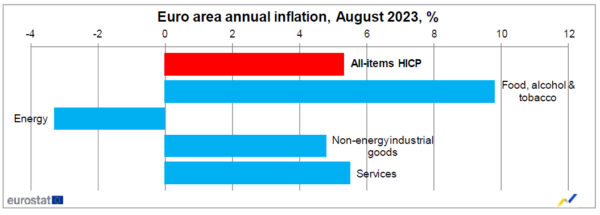
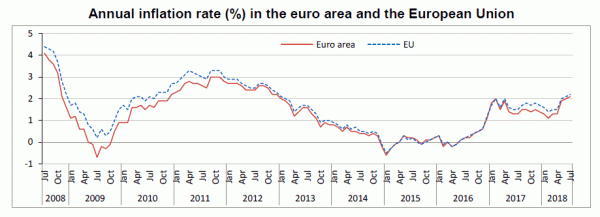
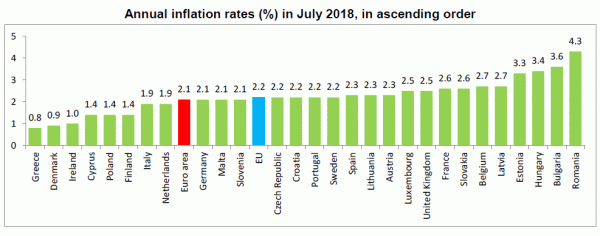



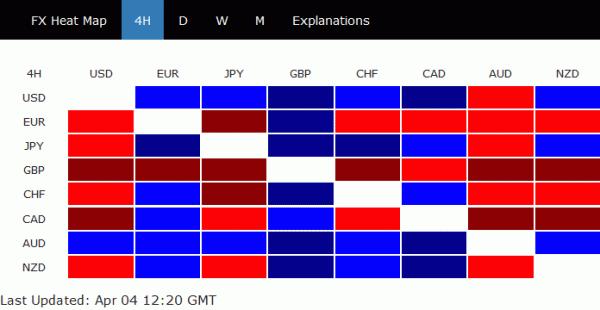
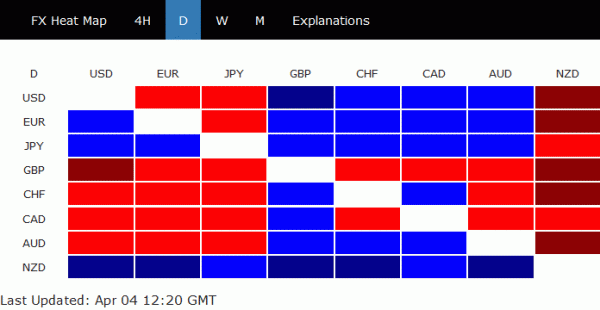
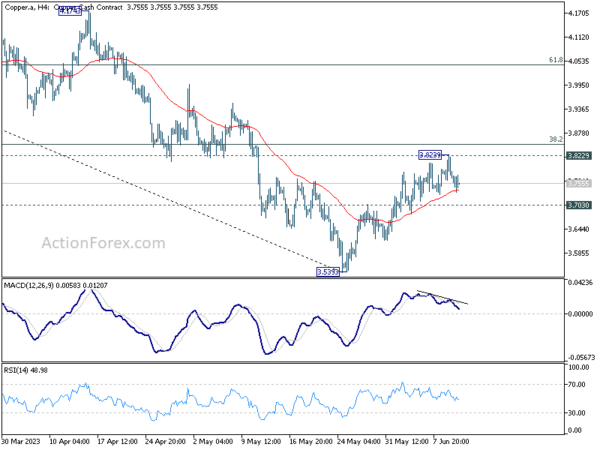
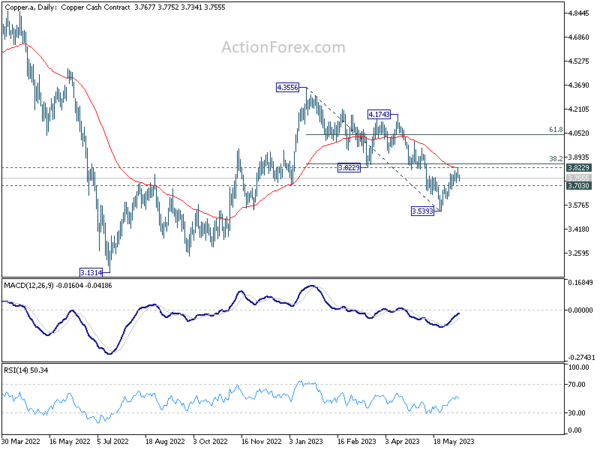
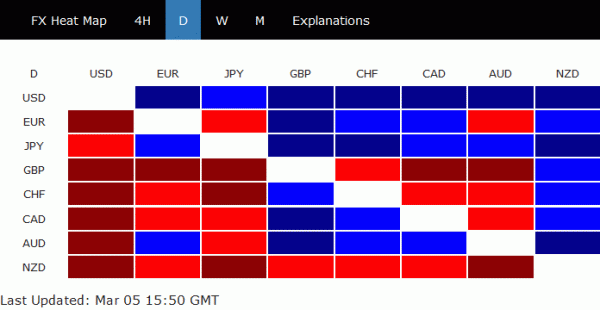
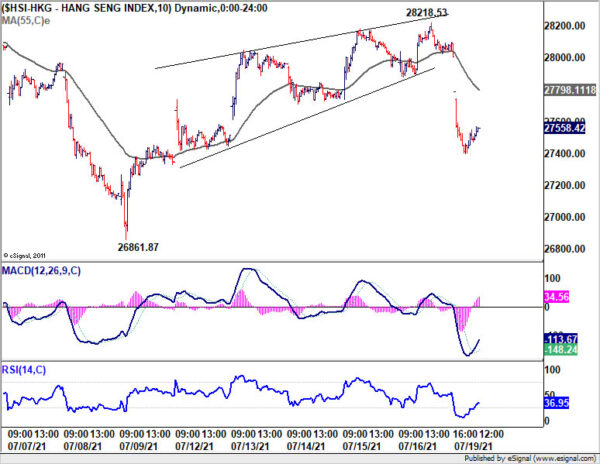
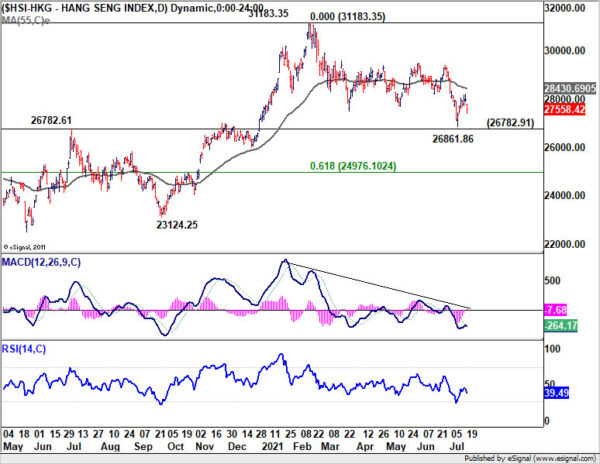
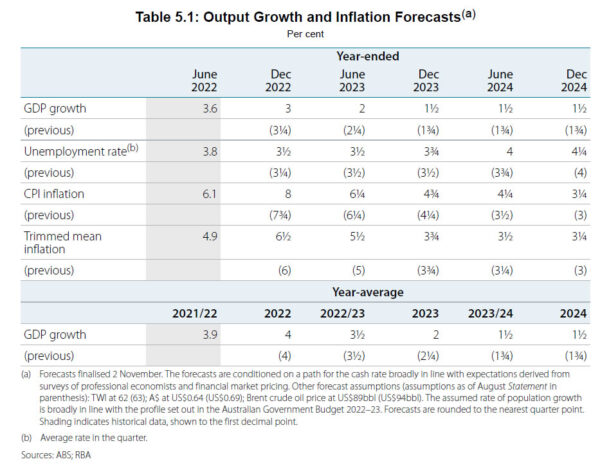
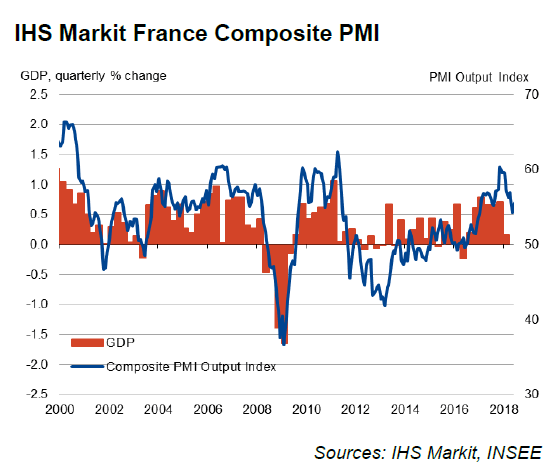

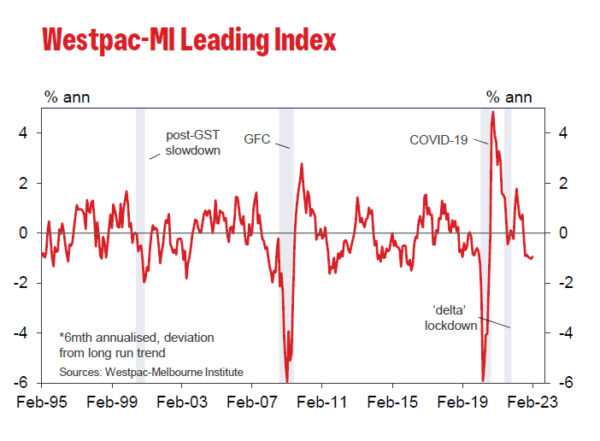
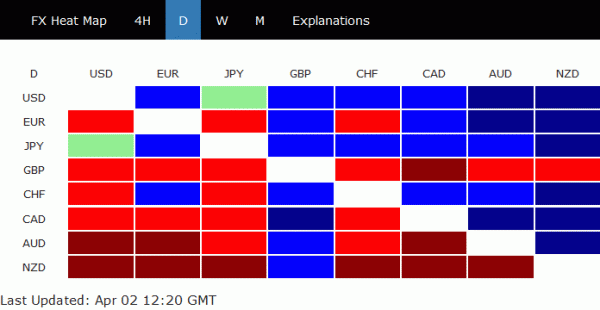

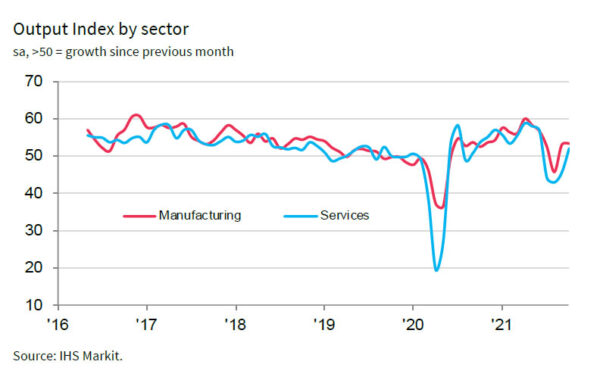

US ISM manufacturing unchanged at 46.7, corresponds to -0.7% annualized GDP contraction
US ISM Manufacturing PMI was unchanged at 46.7 in November, missed expectation of 47.7. Looking at some details, new orders rose from 45.5 to 48.3. Production fell from 50.4 to 48.5. Employment fell from 46.8 to 45.8. Prices rose from 45.1 to 49.9.
ISM said: “The past relationship between the Manufacturing PMI and the overall economy indicates that the November reading (46.7 percent) corresponds to a change of minus-0.7 percent in real gross domestic product (GDP) on an annualized basis.”
Full ISM Manufacturing release here.